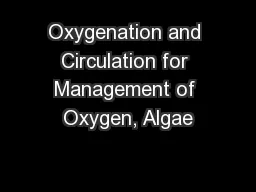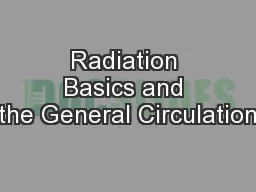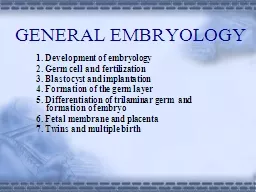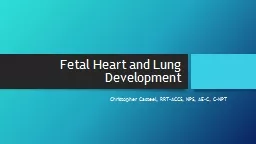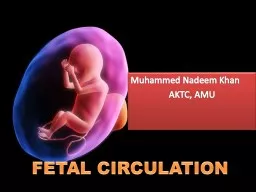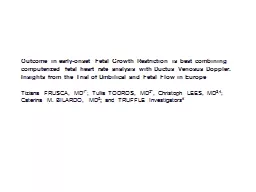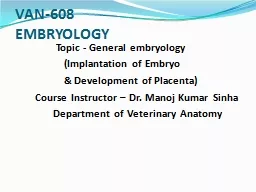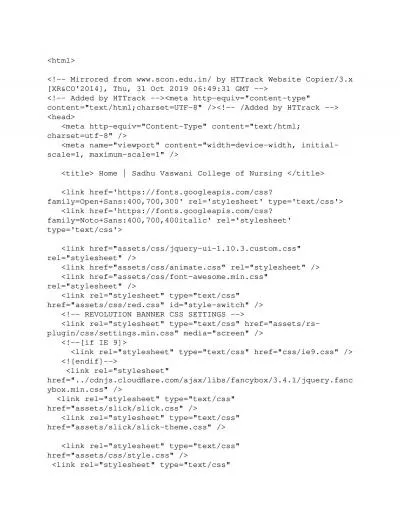PPT-Unit-8 EMBRYOLOGY FETAL CIRCULATION
Author : roxanne | Published Date : 2022-05-14
Date of Lecture 30052020 Dr Manoj Kumar Sinha Asst professorcumJr scientist Department of veterinary Anatomy FETAL CIRCULATION The circulation of oxygenated
Presentation Embed Code
Download Presentation
Download Presentation The PPT/PDF document "Unit-8 EMBRYOLOGY FETAL CIRCULATION" is the property of its rightful owner. Permission is granted to download and print the materials on this website for personal, non-commercial use only, and to display it on your personal computer provided you do not modify the materials and that you retain all copyright notices contained in the materials. By downloading content from our website, you accept the terms of this agreement.
Unit-8 EMBRYOLOGY FETAL CIRCULATION: Transcript
Download Rules Of Document
"Unit-8 EMBRYOLOGY FETAL CIRCULATION"The content belongs to its owner. You may download and print it for personal use, without modification, and keep all copyright notices. By downloading, you agree to these terms.
Related Documents

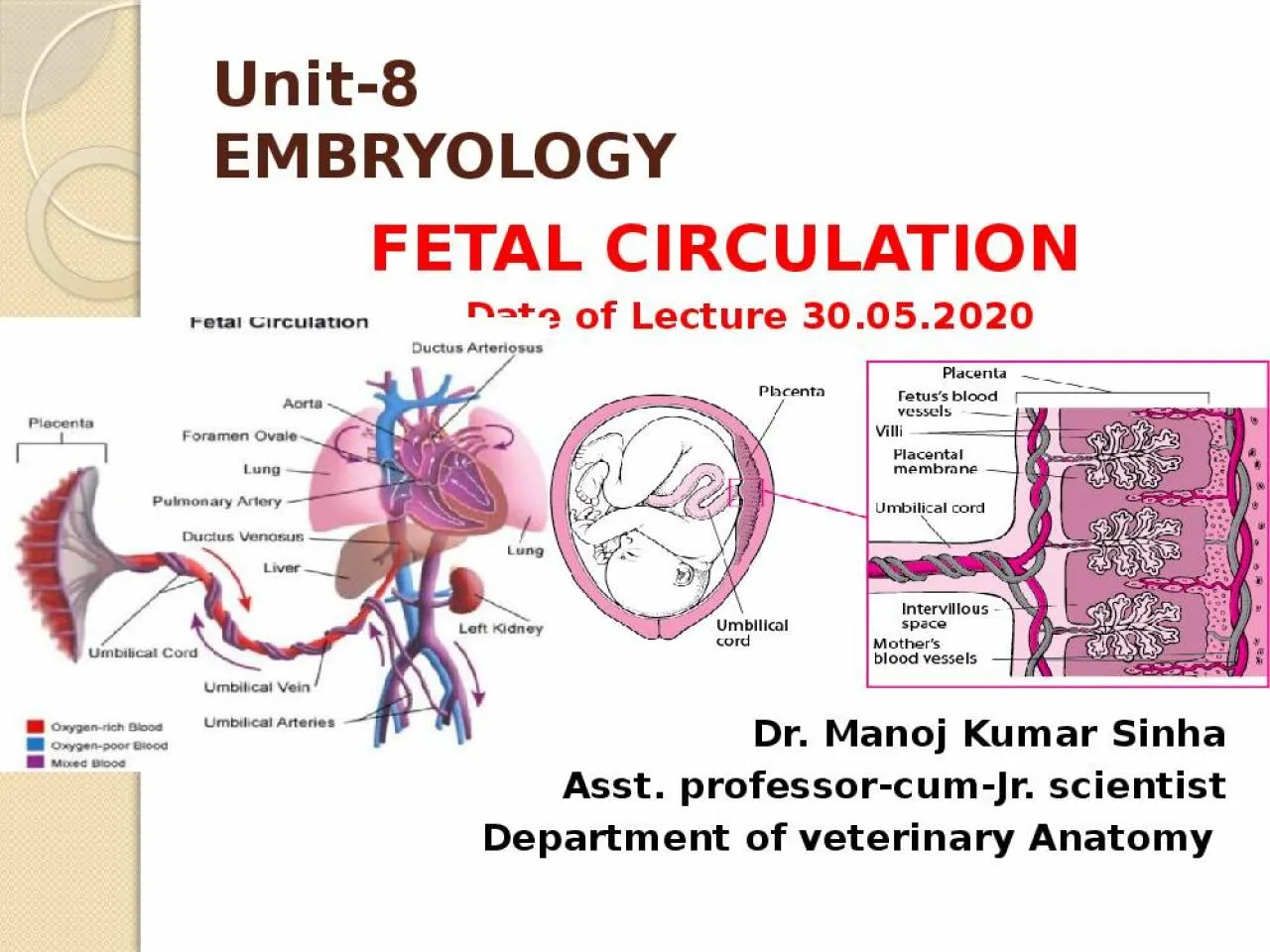
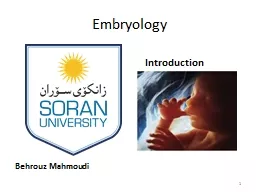
![Embryology Bill [HL] as brought from the House of Lords on 5th Februar](https://thumbs.docslides.com/348513/embryology-bill-hl-as-brought-from-the-house-of-lords-on-5.jpg)
